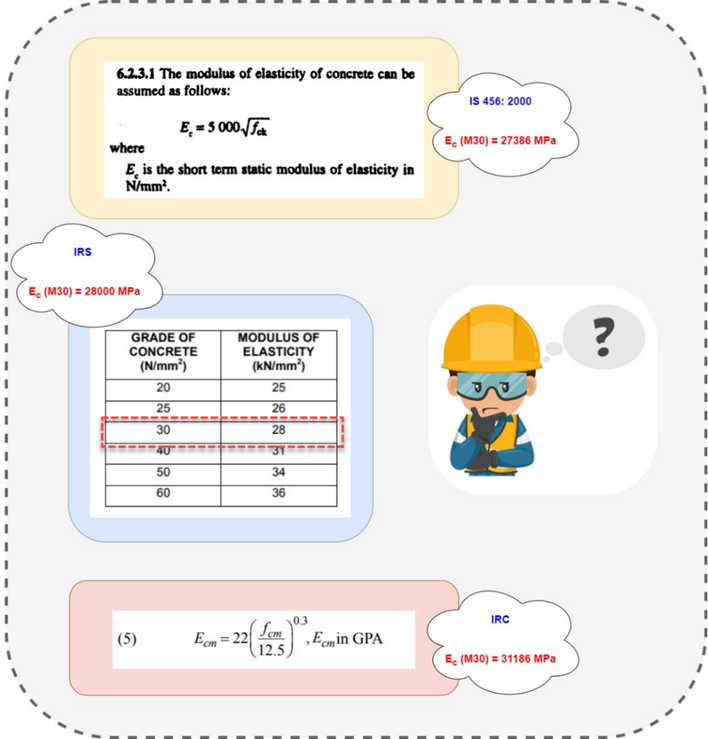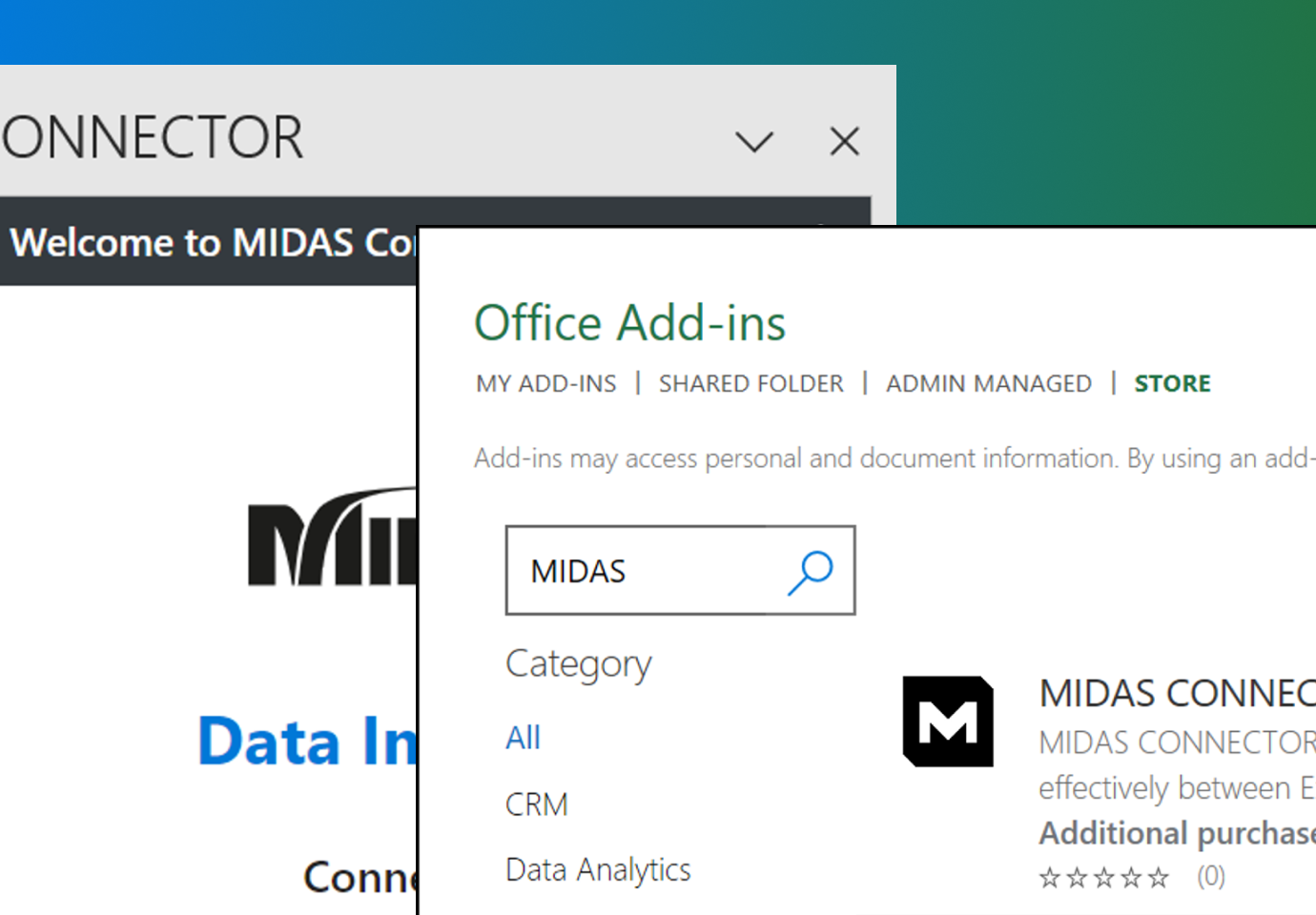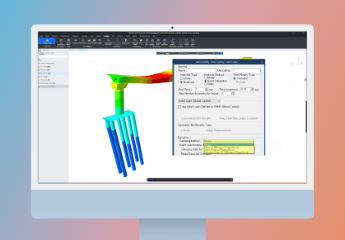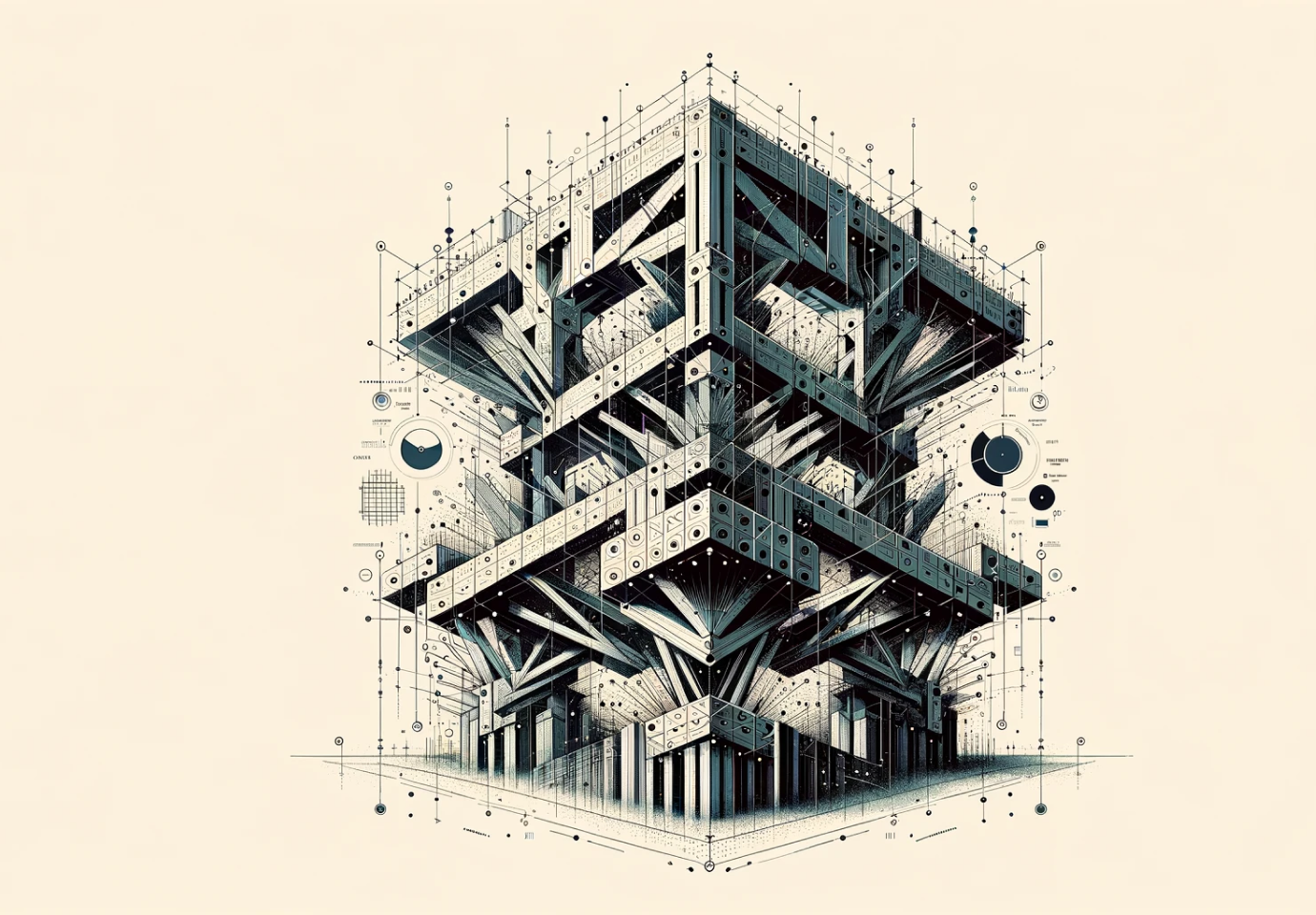1. Introduction
In India, the IS codes, or Indian Standards codes, play a crucial role in ensuring the quality, safety, and reliability of structures in India. It serves as an essential benchmarks to guide the design, construction, modification, and upkeep of structures. These codes are formulated by the Bureau of Indian Standards (BIS), a national body that develops and publishes standards to promote quality and consistency across various industries. These codes are reviewed from time to time and updated to reflect the latest developments in industries.

The most common example of IS code for civil engineers is “IS 456:2000 Plain and Reinforced Concrete – Code of Practice.”
- IS Code: The prefix "IS" stands for "Indian Standard."
- 456: The numerical designation "456" in IS 456:2000 is a unique identifier for this standard.
- 2000: The year "2000" indicates the year of publication or the last major amendment/Revision of the code.
- Title - "Code of Practice for Plain and Reinforced Concrete": The title describes the scope of the standard. IS 456:2000 specifically deals with the design and construction practices related to both plain and reinforced concrete structures.
2. Classification of IS Code
A Civil engineer, from experienced engineers to students use these codes in their day-to-day lives. Based on the field of expertise these codes are divided into different categories. Here are a few classifications and examples of IS codes for civil engineers.
a. IS Codes (Indian Standard Codes)
The term "IS Code" refers to the Indian Standard Code, a set of standards and specifications established by the Bureau of Indian Standards (BIS).
![]()
IS Codes (Indian Standard Codes)
b. SP (Special Publication)
Organizations that issue special publications provide additional guidance, research findings, or specific information related to a particular field or industry.
.png?width=928&height=225&name=Figure%203.%20IS%20Codes%20(Indian%20Standard%20Codes).png)
SP (Special Publication)
c. IRC Codes (Indian Roads Congress)
The Indian Roads Congress (IRC) issues various codes and guidelines related to road design, construction, and maintenance.
.png?width=915&height=222&name=Figure%204.%20SP%20(Special%20Publication).png)
IRC Codes (Indian Roads Congress)
d. IRS Codes (Indian Rail Standards)
.png?width=925&height=225&name=Figure%205.%20IRC%20Codes%20(Indian%20Roads%20Congress).png)
IRS Codes (Indian Rail Standards)
Interesting Facts
- Initially, as we talked about the purpose of these standards is to maintain quality and consistency across various industries. In the construction industry the most common material we use is concrete, and for designing the structure the common material properties we consider is “Modulus of Elasticity”.

However, if we refer to different IS codes they provide different values for the modulus of elasticity, as an engineer common question that arises is since the material is the same, its material properties should be same.
- Are Codes being revised from time to time, but the revision process might not always keep pace with rapidly evolving technologies, materials, and construction practices across the world? This can lead to codes becoming outdated and not reflecting the latest advancements.
- In highly specialized or emerging areas of engineering, there may be a lack of specific IS Codes. Engineers might need to rely on international standards or best practices until relevant Indian standards are developed.
- Some information or data in IS Codes can be complex and challenging to interpret for those who are not familiar with the specific field. The complexity can sometimes lead to misinterpretations or difficulties in application.
- India has diverse geographical and climatic conditions. Standards developed for one region may not be directly applicable to another region with different environmental challenges. Local variations might not always be adequately addressed in the codes.
3. Conclusion
Civil engineers, architects, contractors, and other professionals in the construction and manufacturing industries refer to IS Codes during the planning, design, and execution phases of projects. Engineers need to refer to the specific standards and codes applicable to their projects and regions to ensure compliance for maintaining quality, safety, and uniformity in engineering practices across India.
These IS codes are developed for the general structure, for unique and iconic structures sometimes this code may be limited in such cases one has to rely on other resources. Each code has some limitations and it's important for engineers and professionals to be aware of these limitations and to exercise judgment, and experience, and sometimes use supplementary guidelines, research, or international standards where necessary. Staying informed about updates, participating in standard-setting processes, and incorporating best practices beyond codes are essential to overcoming these limitations and ensuring the highest standards of engineering practice.
 Get Started midas Civil
Get Started midas Civil
 Featured blog of this week
Featured blog of this week








